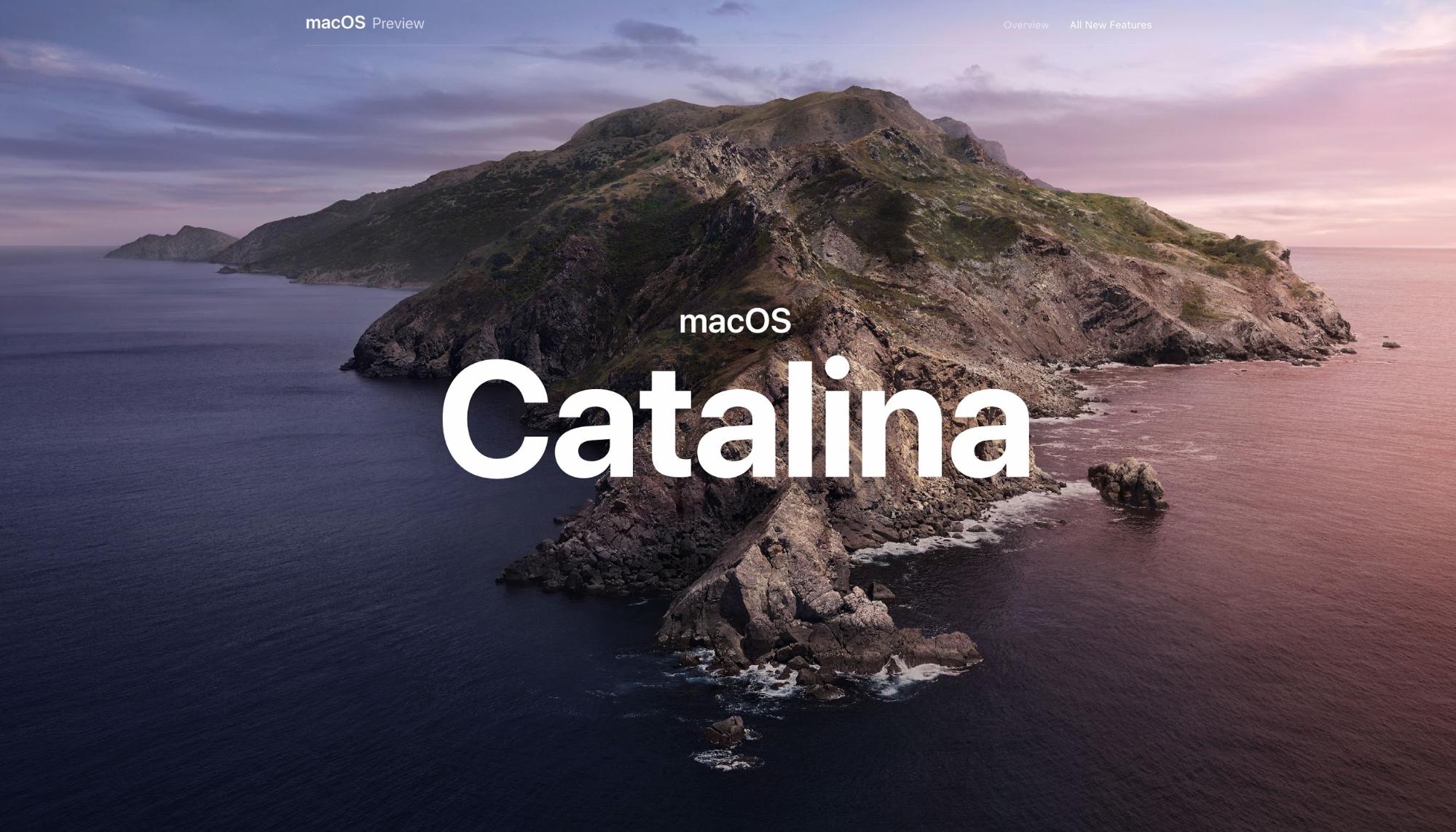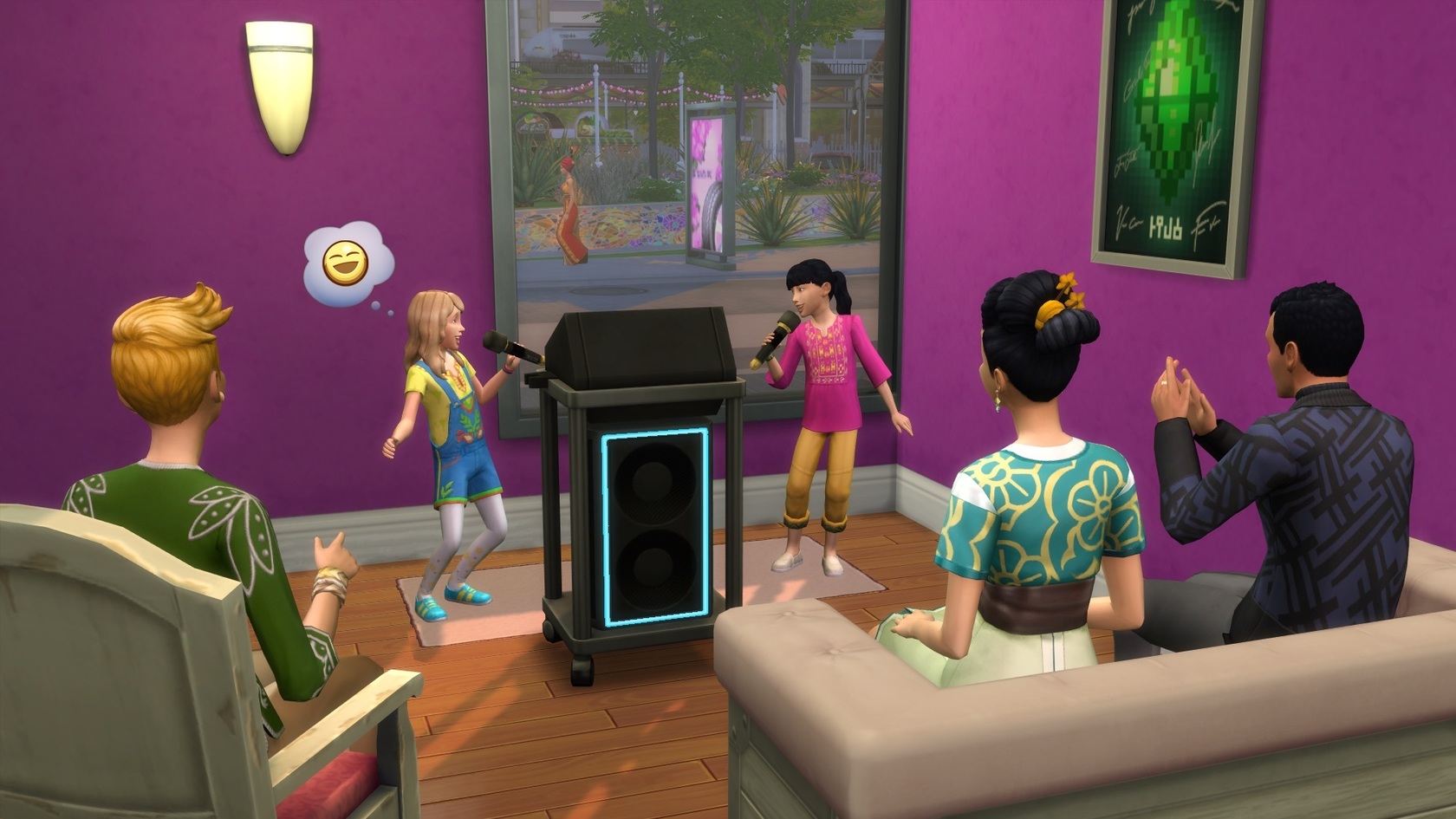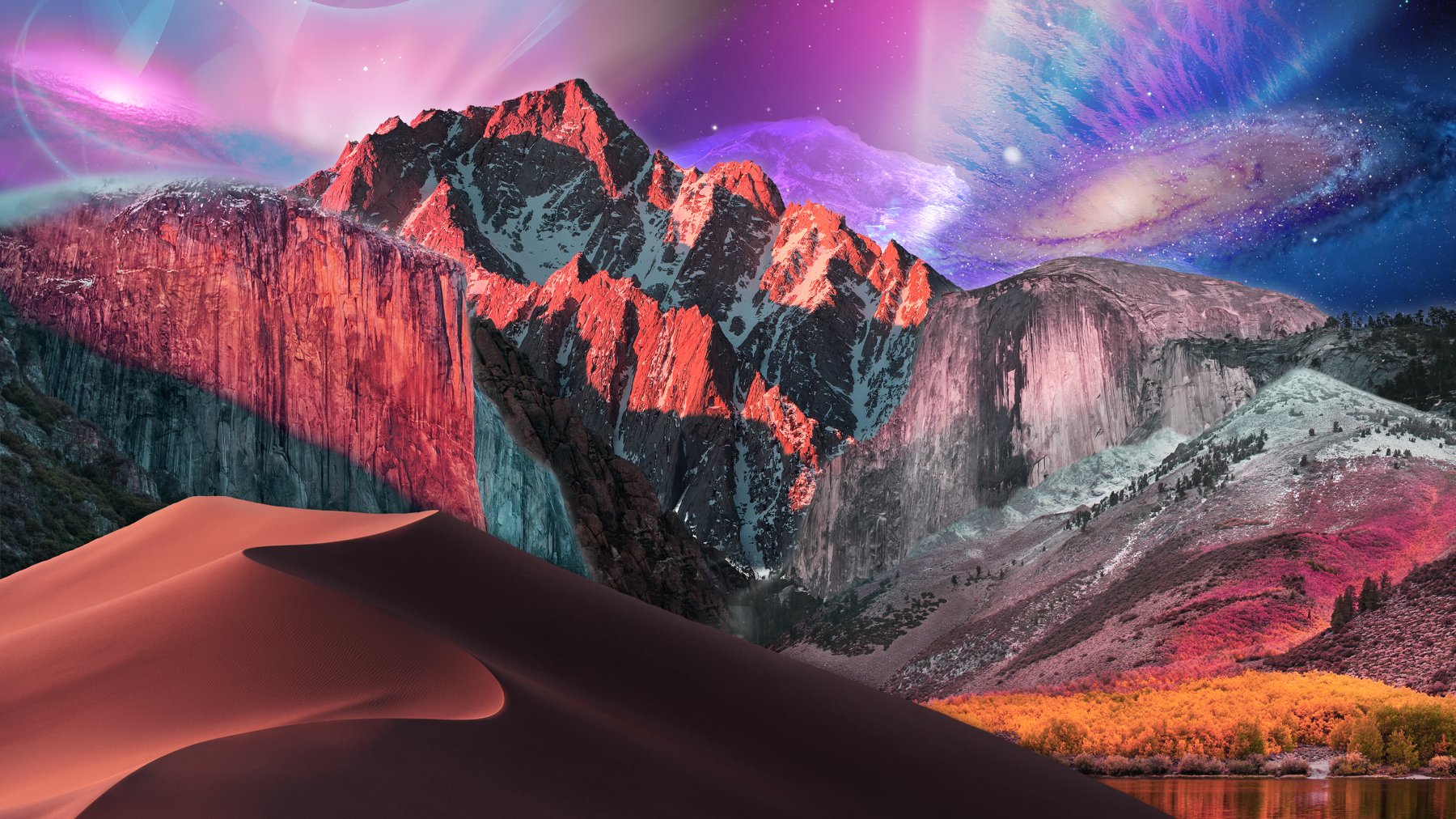What happened to iTunes in macOS Catalina? It’s gone. That’s what! One of the main new features of Catalina is that iTunes has been killed off and replaced with three new apps: Music, Podcasts and TV.
Apr 02, 2020 macOS High Sierra to macOS Catalina is a direct upgrade, on a supported Mac. No intermediate upgrade (to macOS Mojave) is needed. Here is How to upgrade to macOS Catalina - Apple Support. Is your Mac listed there as supported? ( About this Mac). Itunes is no longer compatible with MacOS Catalina or Big Sur. ITunes was replaced with three separate apps, one of which is the Music App. What happened to iTunes? – Apple Support. Oct 30, 2019 This guide will take you step by step through the process of getting iTunes to work on a Mac running macOS Catalina (10.15). While plenty of people are glad iTunes is gone, that doesn’t mean everyone is happy about it. Using the free and open source app Retroactive, getting iTunes back on your Mac is a breeze. ITunes is Apple’s mainstream music streaming services specially designed for the iPhone and iPad. Where it also used in macOS, but later Apple removed the macOS support in the latest version because apple divides iTunes into three different Music, Apple Podcasts and Apple TV, to manage another type of media. Oct 12, 2019 After installing MacOS Catalina, you'll notice that you have new Apple Music, Podcasts and Apple TV apps - but no iTunes. That's right, Catalina marks the official end of iTunes, a program I think.
New era of iTunes: why is there no iTunes in macOS Catalina?
iTunes hasn’t been popular for many years. An app that started out as a simple music player that allowed you to rip CDs and play them on your computer or iPod, grew and grew. First came the iTunes Store, which allowed you to buy music and download it to iTunes on your Mac or PC. Then came the ability to play movies and TV programs, as well as podcasts. Eventually iTunes became the catch all for media that you could play on a Mac, PC or iOS devices. Except for photos, of course, those had their own app. iTunes was also used for backing up iOS devices to a Mac or PC, restoring and updating iOS devices, and a number of other tasks. It was bloated, cumbersome, and failed often. No wonder it became so unpopular.
Apple was faced with a choice. It could either re-design and re-build iTunes from the ground up to make it fit for purpose, or it could kill it off. It chose the latter.
What has replaced iTunes in Catalina?
iTunes was so big that it three apps were needed to replace it: music, podcasts, and TV. It’s no surprise Apple chose those three names – the apps mirror their iOS counterparts. So, Music will allow you to play music in your own library (either stored on your Mac or streamed from iCloud Music Library or iTunes Match), as well as stream Apple Music tracks, if you have a subscription. As iTunes does in Mojave, it will sync with iCloud so all the playlists you create or add to your Library on your iPhone or iPad will be available on your Mac and vice versa.
Macos Catalina No Itunes


Podcasts is the same as the Podcasts app in iOS, allowing you to subscribe and listen to your favourite podcasts. Like Music, it will sync with iCloud, so your subscriptions will be shared with your Mac, along with bookmarks, and the place you last paused in a podcast.
How To Install Itunes On Macos Catalina
TV also works like the iOS version, showcasing content from television streaming services in your country. It will allow you to watch programs in the app, as well as make recommendations based on your viewing habits. Apple TV will also be the place to access Apple’s new TV+ streaming service when that eventually launches.
Does iTunes still work in older versions of macOS?
Yes. While Apple has removed iTunes in Catalina, it has said nothing about older versions of macOS. That means it’s likely to continue to support iTunes for those using Mojave and earlier versions of the Mac operating system. So, it should continue to update it when it issues updates for those operating systems. Of course, those updates will likely be limited to bug fixes and security patches, and we won’t see any new features in iTunes.
Macos Catalina No Itunes Windows 10
Tip: if you don’t plan to upgrade to Catalina and want to keep using iTunes, it’s a good idea to remove the junk files iTunes creates. These include old backups, broken downloads, archived updates, and many other files that were supposed to be temporary but ended up hanging around on your Mac. I recommend my long time favorite app, CleanMyMac X for this. It’s way quicker and much easier than trying to do it manually and could free up gigabytes of space in almost no time and with only a couple of clicks. Here’s how to do it.
- Install, and launch CleanMyMac X — download a free version here
- Choose Large & Old Files in the sidebar
- Press Scan
- When it’s finished, you can review the files it has found by size or by type, such as music or video.
- When you’re ready, check the box next to files you want to delete and press Remove.
To additionally delete applications’ cache and old system junk associated with iTunes, click on the System Junk tab.
What about the iTunes Store?
The iTunes Store has its' own app on iOS, that allows users to buy individual tracks and albums, as well as rent and buy movies and TV programmes. However, in Catalina you will be able to buy music in the Apple Music app, via a sidebar link called iTunes Store. You will be able to buy or rent all the TVs and movies you currently can on iTunes in the TV app. And audio books will be available for purchase in the Books app.
How will iOS devices sync without iTunes?
In Finder. When you connect an iOS device to your Mac, it will appear in the sidebar in a Finder window, instead of in iTunes. When you click on it, you will see a window that looks very like the sync window in iTunes and will offer the same options for synchronising and backing up content.
The day the DJ music died
Itunes Macos Big Sur
The release of macOS Catalina in October 2019 saw many DJ apps crashing. The issues is directly caused by iTunes, or rather the absence of it. Along with iTunes, Apple has removed an important XML file in macOS Catalina. Many DJ apps, like Traktor, were heavily dependent on this file as a way to sync with other music apps. Is your next DJ party at risk?
Don’t worry — iTune’s successor, Music app, includes a workaround for this issue. But still it requires that your DJ software is optimized for Catalina, and that doesn’t happen overnight.

How To Find Itunes On Macos Catalina
What else will change when iTunes is removed in Catalina?
There are a few other changes that Apple has documented, relating to the removal of iTunes.
- Podcasts you subscribe to in iTunes will move to the new Podcasts app.
- Music playlists you’ve created in iTunes will be available in the Music app.
- Audio books you purchased in iTunes will move to the Books app.
Itunes Macos Catalina
Usually when Apple decides to remove an app as deeply embedded in macOS as iTunes is, it’s controversial. Opinions are often divided and there is at least some criticism. However, it seems that iTunes had become so unpopular that few people will miss it. And with the new Music, TV, and Podcasts app, all the features and content are still available, just organized more logically. Add to that the fact that you can now sync an iPhone, iPad or iPod in the Finder and the loss of iTunes is really no loss at all.
